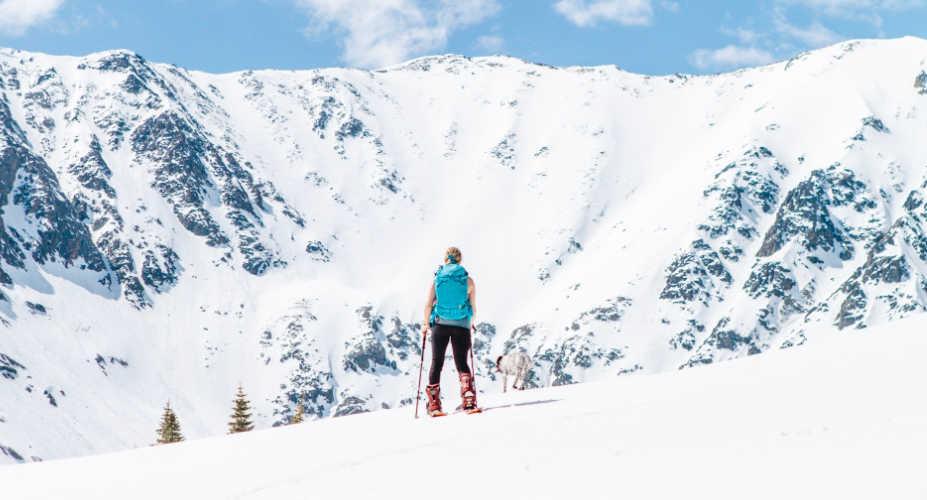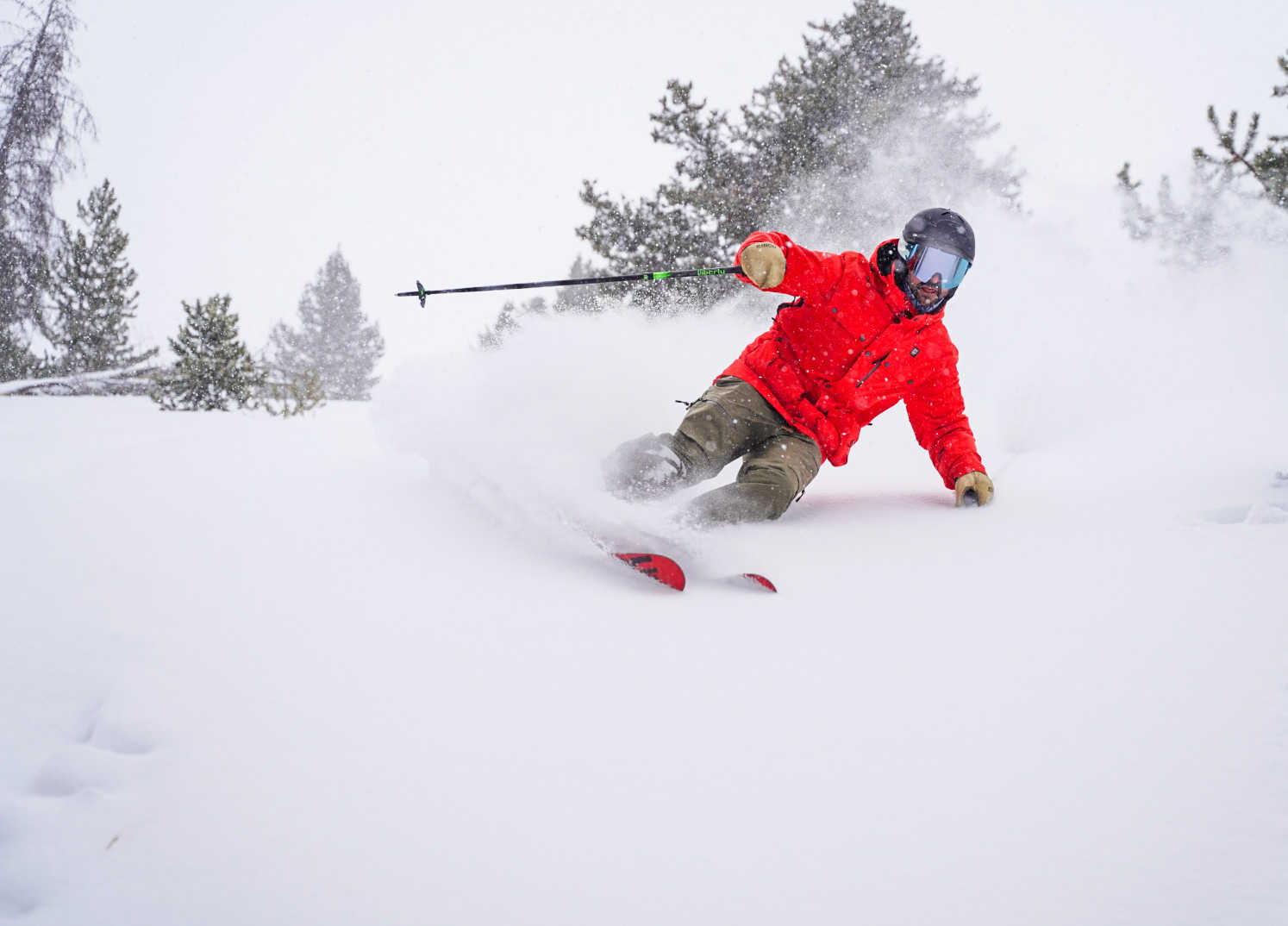
Written by: Colin Martin, C.Ped. Colin is owner of Solutions 4 Feet, known as one of the most premier ski boot shops in the UK. Colin has more than 30 years experience and expertise in ski boot fitting, teaches Superfeet ski boot fitting training courses and regularly consults with ski boot manufacturers to advise on details of boot design and construction.
People often ask the secrets to well-fitting ski boots that don’t cause pain. Here are seven key things to consider when shopping for ski boots.
1. Make an appointment with a recognized boot fitter
Do not take chances — do thorough research. Ask your friends who ski, your ski instructor and search forums to find the best ski boot fitter to help match you with what you are looking for.
2. Know what you want from your ski boots
Are you a ski racer? Do you do ski touring? Do you plan to ski the entire season or are you a one week per year holiday skier? These factors can influence the style and fit of your ski boots.
3. When in doubt, wear thin socks inside your ski boots
Big thick wooly socks will take up space in your new boots and affect the fit. Instead, wear a good quality, thin ski sock. Ask your ski boot fitter for a sock recommendation if you don’t already own a few pairs.
4. Shell sizing is critical for ski boots
Your fitter should take the liner out of the boot and try your foot in the empty shell. This is an important indicator of how much space there is within the boot and may give an idea of areas that may require adjustment. If your ski boot fitter does not do this, it's a good sign that you should find a different ski boot fitter.
5. Footbeds are an integral part of ski boot fitting
Don’t think of insoles as an add on to your purchase, but an essential part of the fit and foundation of your ski boots. Your boot fitter should guide you towards a suitable level of footbed support — always go for the best you can afford. Custom fitted insoles will give a superior fit to an off-the-shelf footbed, but if budget is tight and you only ski infrequently, an off-the-shelf product may suffice, so long as you don’t have any biomechanical issues.


6. Fitness and flexibility
The single biggest issue I see as a boot fitter is lack of flexibility in the skiier, particularly in the ankle joint and calf muscles. Skiing is a fairly athletic sport — flexibility in key areas of the body can be the difference between pleasure and pain. Often we see clients who are blaming a boot they may have bought from another store for the pain they experience when skiing. When we assess the fit, there is nothing wrong other than they do not have the appropriate range of motion to stand comfortably in them. A good fitter should be able to guide you to exercises to help with these problem areas.
7. It is okay to have your ski boots modified!
Often people think that a ski boot should fit them straight out the box. Unfortunately the human foot, in most cases, doesn’t come out of a box. Sometimes adjustments have to be made to ski boots, and that is okay (in fact, it’s expected). Your fitter should have the tools to do this work if needed. In most cases adjustments to a ski boot you purchased from a shop will be free of charge for a period of time.
All in all: take your time, research your ski boot fitter and work with them to find the right boots for you. The result? The best fitting ski boots you’ve ever owned, and a great season on the slopes ahead.




